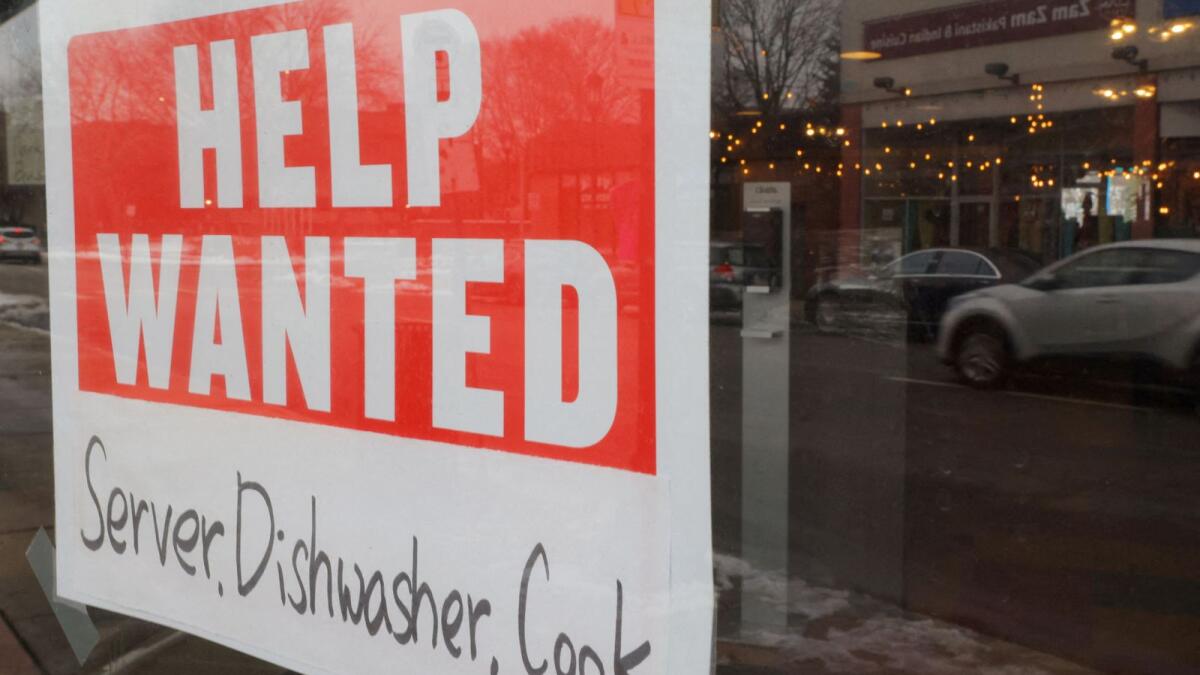The latest data from the Labor Department indicates a slight decrease in new jobless claims in the United States, yet the availability of re-employment opportunities for laid-off workers is dwindling, suggesting that the unemployment rate likely remained high in August. Initial claims for state unemployment benefits fell to 231,000 for the week ended Aug. 24, down from a peak in late July. However, these levels still suggest a cooling labor market.
Economists believe that the Bureau of Labor Statistics’ estimate of employment growth over the last 12 months has been overstated by 68,000 jobs per month. This benchmark revision is based on data from the Quarterly Census of Employment and Wages, which does not account for undocumented immigrants who may have contributed to strong job growth. As a result, the revision may have underestimated actual job numbers.
The slowdown in the labor market has garnered the attention of Federal Reserve officials, prompting Chair Jerome Powell to signal potential interest rate cuts to address concerns over jobs. Financial markets are anticipating a reduction in the benchmark overnight interest rate next month, with the Fed maintaining its policy rate range for over a year after significant increases in 2022 and 2023. The current data on continuing claims suggests a persisting trend of longer spells of unemployment.
As the government surveyed households to determine the unemployment rate for August, economists are expecting the rate to either remain at 4.3% or fall slightly to 4.2%. The recent increase in the unemployment rate has been partly attributed to a surge in labor supply due to immigration. This trend highlights the challenges faced by the labor market in providing adequate job opportunities for those in search of employment.
Overall, the latest jobless claims data indicates a slightly improved outlook compared to recent peaks, but the underlying challenges in the labor market persist. The impact of temporary factors like motor vehicle plant shutdowns and natural disasters may have skewed the numbers, but the overall trend points to a slowdown in hiring. With the Federal Reserve considering interest rate cuts to stimulate economic growth and address job market concerns, the coming months will be crucial for evaluating the health of the U.S. labor market.











